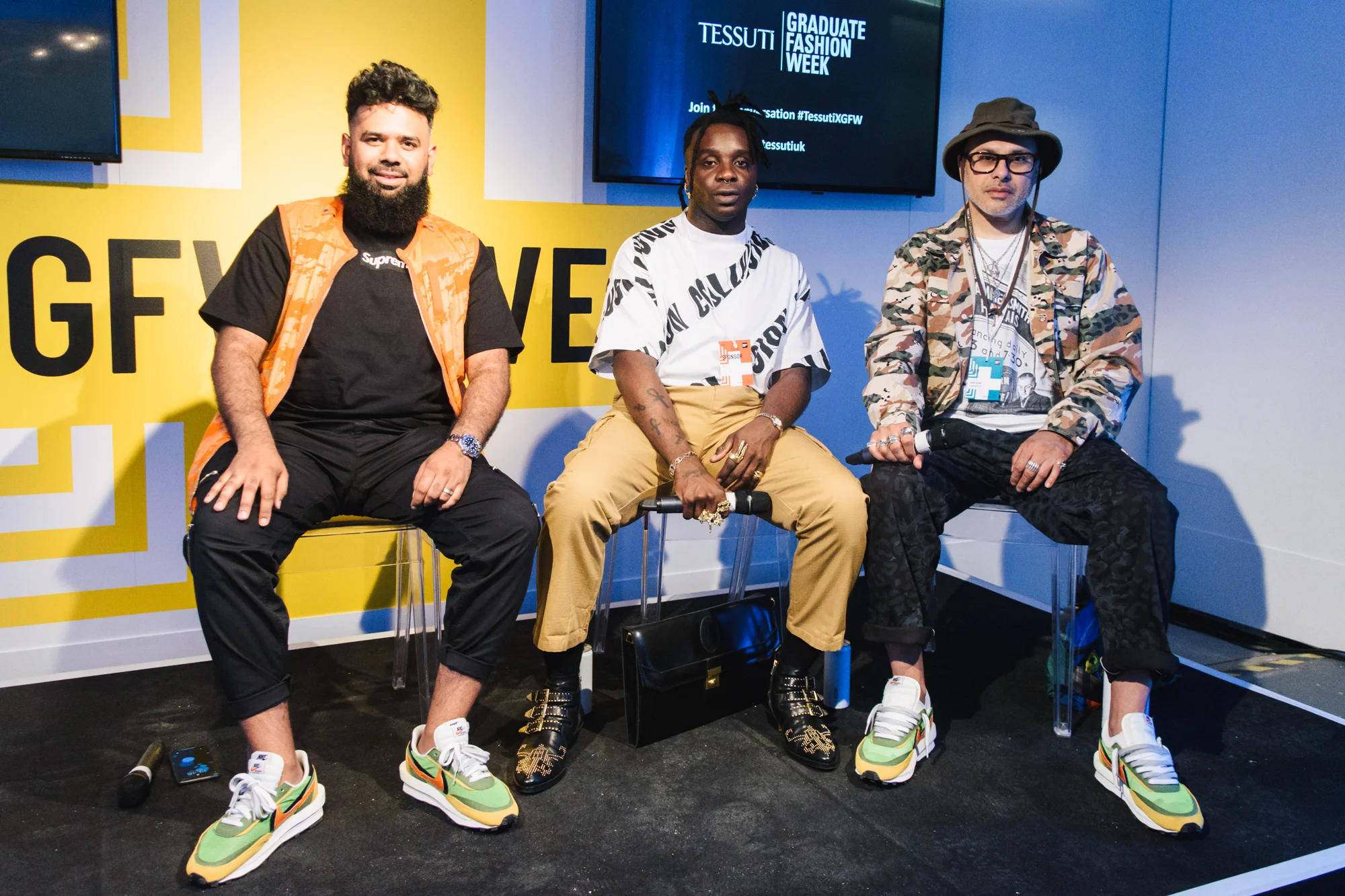Streetwear has become far more mainstream in recent years, with fast fashion brands pushing affordable streetwear to the forefront. “Streetwear is everywhere”, said Ramario Chevoy, and people always want to look good but can’t necessarily afford it. This is why high street and fast fashion brands have cornered the market with affordable and readily available versions of streetwear.
Whilst streetwear’s popularity started in early New York with hip hop artists, it increased in popularity when people began imitating what they saw in music videos. KishKash pinpointed key players such as Pharrell Williams as being responsible for driving it into the mainstream when he collaborated with streetwear brands such as Bape. KishKash also used Dapper Dan as an example of the meteoric rise of streetwear, with the designer going from creating his own trends with bootlegged luxury designer fabrics in the 1980s, to now collaborating with Gucci.
As big brands make streetwear more desirable, the future of streetwear gets called into question. When asked how long it will last, Chevoy points out that fast fashion’s affordable recreations are often not sustainable, and said that in order for streetwear to continue to be popular, it falls to the future designers. KishKash agreed, saying students were now being much more creative with their designs, repurposing old items into new and using more sustainable fabrics.
With regards to designing, there were some great words of wisdom from all three on stage; Moderator Ghulam Nabz Khadki encourages everyone to “find a look that works for you”, whilst Chevoy said the best way to keep streetwear alive was to “push your creativity a bit more” to stop streetwear styling looking too repetitive. KishKash rounded it off saying he “Wants more people to just do them” when creating and styling their clothes, and that the future of streetwear depends on self expression and continue taking things from the past and marrying them with the new.
Written by Faith Richardson
Photography by Deborah Iona





